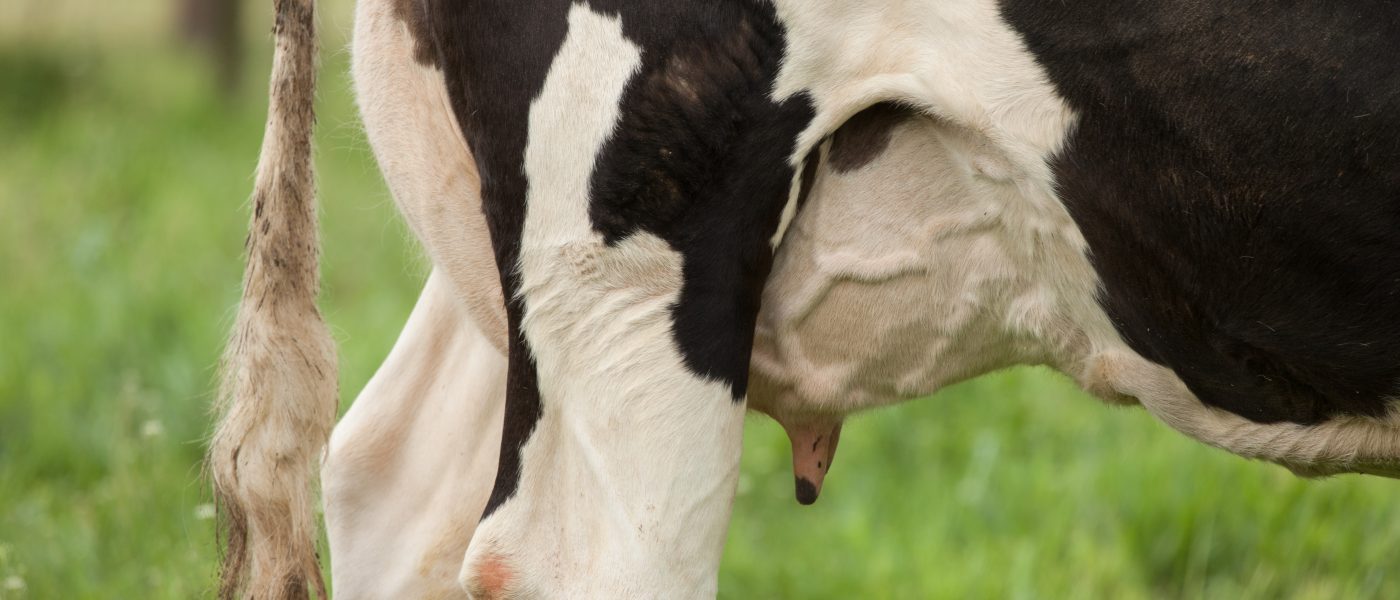TheHill.com published an op-ed from Farm Aid calling out the need to fully consider what “fair trade” truly means. As the White House seeks to reform global trade agreements, a clear idea of fair trade, which has long been defined as a concept that includes fair prices for producers, could go a long way toward helping farmers succeed. Read our op-ed below.
The Trump administration set off alarms when it called for tariffs on steel and aluminum. The move was framed as a means to make things “fair” for American manufacturers and workers. But achieving true fair trade requires much more.
The White House plan to reshape our nation’s approach to global trade has opened the dialogue about what fair trade policy could and should look like. Fair trade is based on values that include the social, economic and environmental well being of producers. It also requires fair payment for services rendered, good working conditions and transparency.
The new tariffs are in direct response to China’s overproduction of steel and aluminum, keeping costs artificially low so that other countries can’t compete — a practice widely known as “dumping.” While the administration has called this act out as cheating, it fails to acknowledge that U.S. agricultural policy has done the same for decades, with an even more critical resource: food.
Agricultural dumping — the practice of exporting commodities at prices below the cost of production — can be devastating for farmers in importing countries, while creating unfair competition for producers in exporting countries.
Dumping encourages overproduction, trapping family farmers in a never-ending need for higher yields. This focus on production at any cost is largely what has led to the consolidation of U.S. agriculture, forcing hundreds of thousands of independent family farmers off the land, while damaging rural economies, public health and our environment. It is for these reasons that U.S. farmers have been fighting for fair trade for more than half a century.
Farmers have had to pour out millions of gallons of milk, literally watching their incomes run down the drain.
The irony in the administration imposing tariffs on steel and aluminum is that one of the U.S.’s main complaints about the North American Free Trade Agreement (NAFTA) involves Canada’s protection of its dairy industry. Canada’s production quotas prevent farmers from under- or over-producing milk and limit the amount of dairy that can be imported without tariffs. The policy takes farmers’ cost of production into consideration and pays them a fair price, stabilizing prices and supply. This guarantees a fair price to consumers while ensuring a fresh, local milk supply from family farms and does not involve any taxpayer-funded subsidies.
Meanwhile, U.S. farmers are now in their fourth year of receiving milk prices below their cost of production. Farmers have had to pour out millions of gallons of milk, literally watching their incomes run down the drain.
Farm and trade policies encourage U.S. dairy farmers to produce as much as possible, leading to boom-and-bust cycles that drive small farms out of business and compel mid- and large-sized farms to keep getting bigger.
In the case of dairy, we are at imminent risk of losing a generation of independent family farmers — and with them an irrevocable loss of farmland and farm income. This income drives rural communities, promoting a strong community tax base and preserving the heart of rural culture.
Rather than call their policy unfair, we can learn from Canada’s success and implement a supply management program to protect the relatively few dairy farmers we have left. Independent dairy farmers have called for such a program for years but large corporate processors oppose such an idea, because cheap milk increases their bottom line, at the expense of farmers and taxpayers. Massive overproduction is not a natural condition — it’s the intended result of our agricultural policy.
As the administration continues working toward its vision of fair trade, we, as consumers and producers, need to firmly and clearly articulate what that should mean. Fair trade begins with farmers — and all industries — earning fair prices that reflect their cost of production. A true fair trade policy also would begin to address the disparity in economic power between large-scale corporate farms that dominate the marketplace and individual farmers and workers in the food system. An improved policy would also place us in a truly transparent and cooperative relationship with our global trading partners.
There is no question that the time has come to reevaluate our nation’s trade agreements. Let’s start with the core of life here and around the world — food production. We can demand that trade agreements protect our nation’s family farms, the environment, labor rights, and countries’ food sovereignty.



